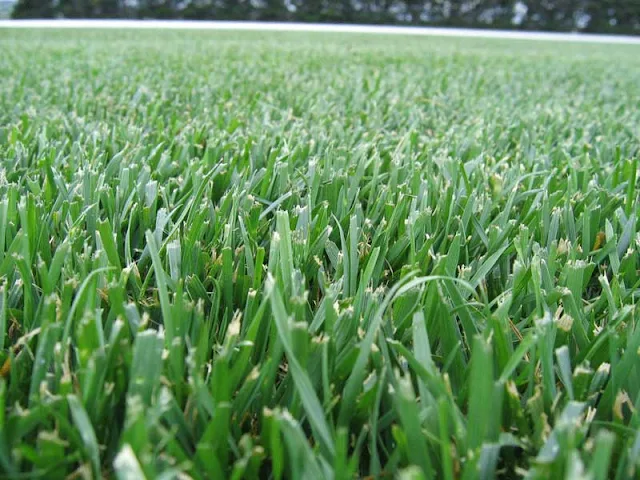Fescue is a well-known cool season
lawn grass, mainly due to the fact it really is capable to take shade. In fact it really is the only family of grasses that may be sustained year-round in regions which are heavily shaded. This grass falls into two main categories: tall fescue and fine fescue. Fescues have an totally different type of maintenance plan than that of other widely utilised turfs for example zoysia or Bermuda grass. Unlike most cool season turfs,
fescue lawns do nicely in transitional zones where a season could be also hot for other types of cool season grasses or also cold for warm season grasses. See also
Tips On How to Keep Your Grass Green
Significance
Tall fescue is certainly one of America's most important grasses, as it covers roughly 35 million acres of land throughout the United States. This fescue, recognized for its coarse blades, can take considerable wear from lawn site visitors. It really is much more drought resistant than most lawn turfs.
Turf-type tall fescue is used broadly for industrial sites, at the same time as homes. This tall fescue range isn't as thick as traditional tall fescue.
Fine Fescue
Fine fescue, which consists of the varieties red fescue (also named creeping red fescue), challenging fescue and chewing fescue, are grasses that have thin blades, unlike tall fescue. They are significantly less tolerant of lawn visitors, though they're able to grow in dry shade. Red fescue is low upkeep and may grow in cooler and shadier conditions than other types of cool season grasses. It even appears great when it's employed in places which are not mowed, including along roadways.
Benefits
In addition to tolerating shade, all types of fescue germinate rapidly. It is a grass that is able to take heavy site visitors, making it a superior turf for playing sports. This type of fescue has the advantage of remaining green all through the year, while other turfs turn brown throughout winter months. Another advantage of fescue is its potential to withstand compacted soil, including red clay.
Time Frame
Fescue is best grown throughout the cooler seasons of fall and winter. This grass does best when planted in early fall, which permits much more time for grass to develop when growing conditions are ideal. The second best season to plant fescue is spring. At times each fall and spring plantings can help to ensure covering dilemma spots.
Warning
Fescue cannot take hot dry climate and needs to be frequently watered for the duration of summer. When it fails to not get sufficient water it may turn brown speedily. This results in getting to
overseed a lawn each and every year to supplement these locations that had been damaged by heat and weakened. See also
Canada Green Grass Seed

